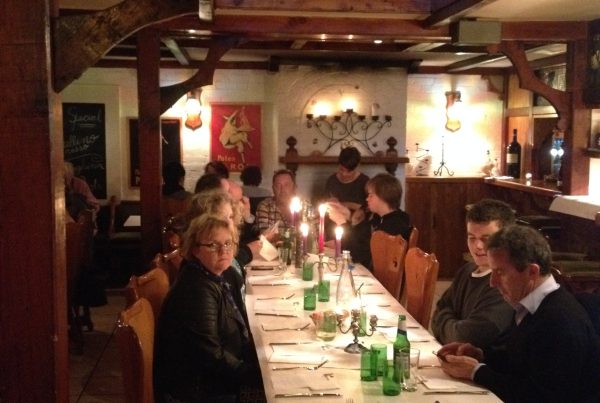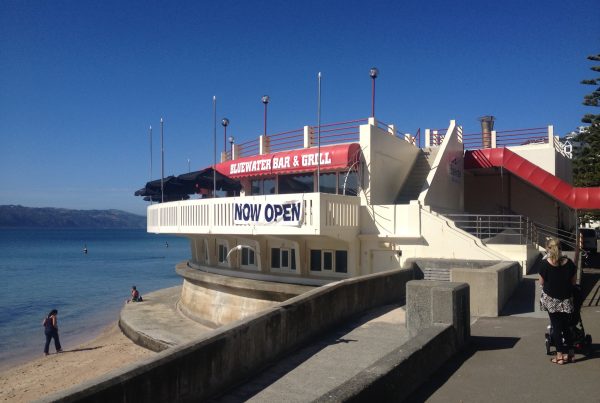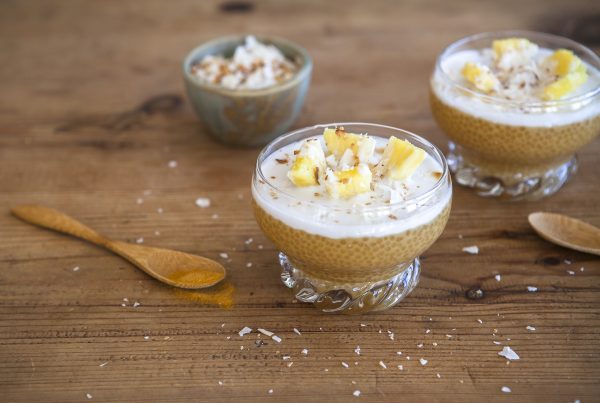
Ingredients
- 40g salted butter
- 100g white sugar
- 2–3 Granny Smith apples, peeled, cored and cut into eight wedges
- One sheet of ready-rolled butter puff pastry
Method
- Smear the butter over the base and sides of a cold ovenproof frying pan (approximately 25–26cm diameter).
- Evenly distribute the sugar over the butter.
- Arrange the apples, side down, starting on the outside and working into the centre. They will reduce in volume slightly as they cook.
- If necessary, roll the pastry out slightly so that it covers the top of the pan. Cut off any excess, leaving enough to tuck down the inside of the pan. Make a small hole in the centre of the pastry.
- Put the frying pan onto the stove and cook on a medium heat until you see the juices at the edges of the pastry bubbling and turning amber. To get even caramelisation, gently swirl the pan over the stove element.
- Once the juices are evenly caramelized, remove the pan and put it in the centre of an oven pre-heated to 180˚C. Bake until the pastry is golden — approximately 15–20 minutes.
- Remove from the oven and leave cool.
- To turn the tart out, place the pan back on the stove over a gentle heat. Swirl the pan — this just loosens the toffee base. Put a large plate covered with a folded tea towel over the top of the pan, then quickly flip the plate and pan upside down, turning the tart out onto the plate.
- Let it cool slightly before serving.
Serves 4




